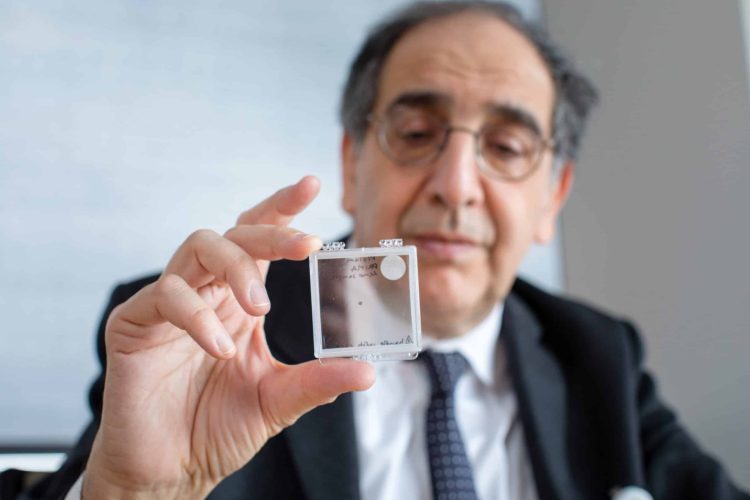The Miraculous Retinal Chip Innovation
A Glimpse of Hope for the Blind
Imagine a 2 – millimeter – sized chip implanted into the retina, combined with a pair of glasses equipped with a camera, enabling the blind to regain their vision. This remarkable feat has been achieved by Science, a brain – computer interface company based in California, USA. It’s a revolutionary development that has the potential to transform the lives of those affected by blindness.
The Company’s Genesis and the Chip’s Details
From Neuralink to Science
Science’s CEO, Max Hodak, was once a co – founder and president of Neuralink. In 2021, he left Neuralink and established Science. This year, the company acquired the relevant technology of PRIMA from a French company. Now, Science has revealed the preliminary clinical trial results of the chip.
The PRIMA Implant: A Technological Marvel
The implant, named PRIMA, measures approximately 2mm. It is surgically implanted into the retina in an 80 – minute procedure. Once implanted, PRIMA works in conjunction with the accompanying camera – equipped glasses. The principle behind PRIMA is that the camera captures visual information and emits infrared light patterns to the chip. The chip then converts the light into electrical signals and sends them to the brain.
The Impact and Limitations of the Technology
Restoring Basic Visual Abilities
Although PRIMA only restores simple visual abilities such as reading and face recognition to a certain extent, it has already achieved remarkable results. Patients can now read and distinguish faces, which is a significant improvement compared to complete blindness. However, there are some limitations. Since infrared light is used, patients do not see in color, and the black – and – white perception is reversed compared to the real world.
The Clinical Trial Results

Positive Outcomes in the Trials
PRIMA was initially a research project by Professor Daniel Palanker at Stanford University and was later taken over by the French company Pixium Vision SA. Pixium was established in 2011 and listed on the Paris Stock Exchange in 2014. In April this year, Science acquired Pixium’s assets, including the ongoing clinical trials. The preliminary results of these trials are now available.
Improvements in Visual Acuity
In the experiment, 38 patients over 60 years old with geographic atrophy (GA) from Europe were selected. GA is an advanced form of dry age – related macular degeneration (AMD), which causes irreversible vision loss. The patients had significant lesions in the central area of the retina and deterioration of central vision. The results showed that when using PRIMA, the patients’ vision improved significantly. Their acuity in reading letters increased, and some could even read longer texts. On a standard vision chart, the average initial vision of the patients was 20/450. After one year, 32 subjects could read nearly 5 more lines on the vision chart on average, improving the average vision to 20/160. With the built – in zoom and magnification functions of the implant, some participants’ vision could even reach 20/63.
Safety and Future Prospects
The Safety of the PRIMA Implant
Quantitatively, the researchers measured the vision of all patients at 6 and 12 months after implantation using the logMAR score. The results showed clinically significant improvements. Moreover, the average natural vision of the patients when not using PRIMA remained stable after implantation, indicating the good safety of the PRIMA implant.
The Future Outlook
Sunir Garg, a clinical spokesperson for the American Academy of Ophthalmology who was not involved in the study, commented that among the various chip – implantation technologies attempted over the long term, this technology seems to have certain feasibility. Given that AMD is the main cause of vision impairment in the elderly, it is expected that there will be a huge demand for this device.


















































Discussion about this post